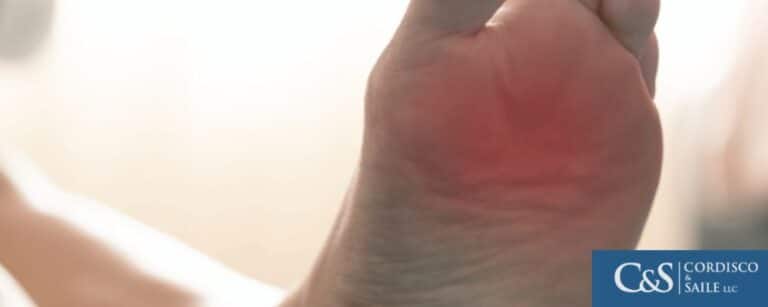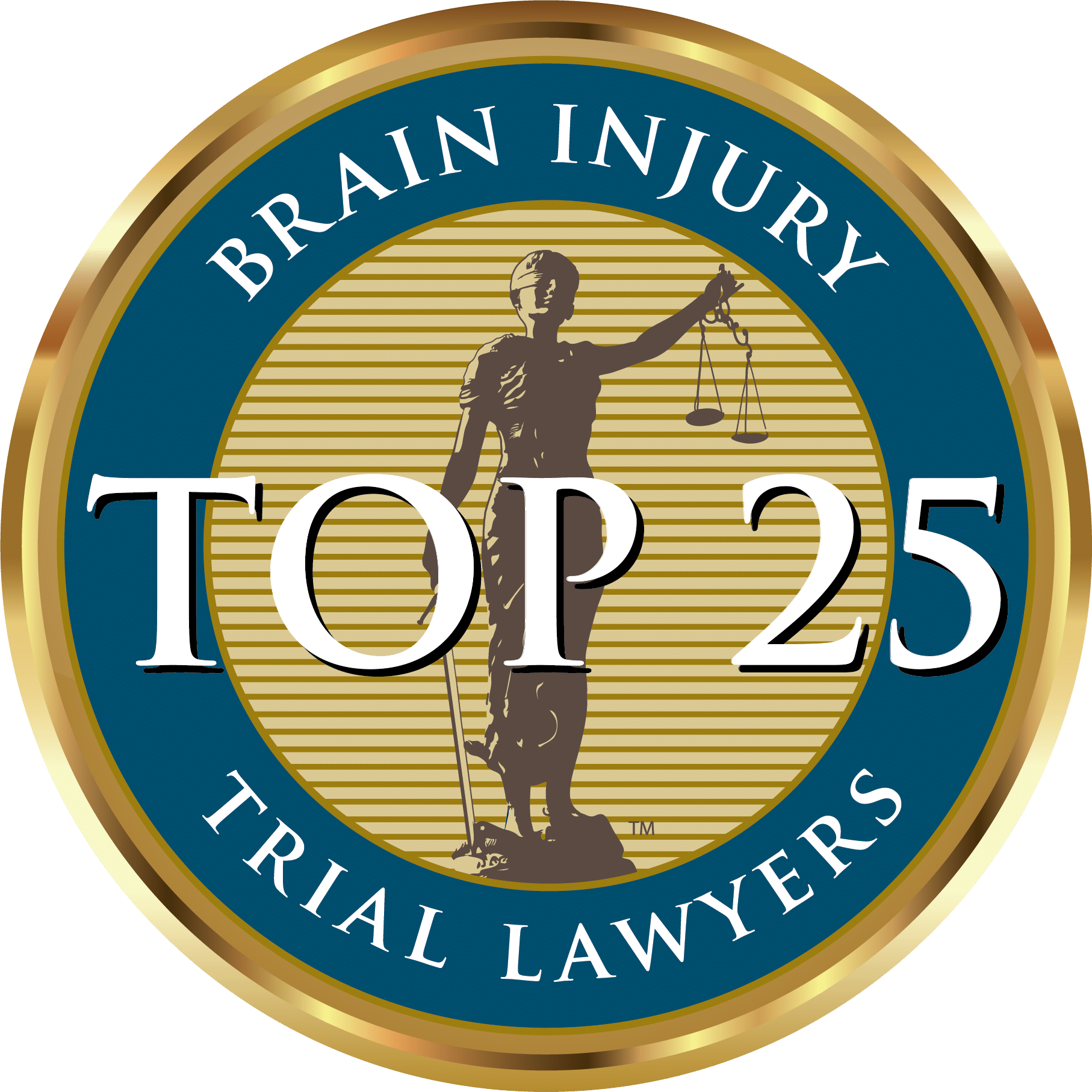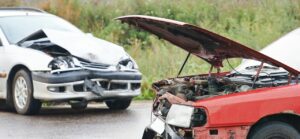Foot Injury from Car Accident

Your feet are made up of several components, including the ankle, the heel, the midfoot, and the toes, comprising over 25 bones altogether. Many of the bones are quite small, while others are larger and extremely vital for keeping you mobile. The complex, fragile nature of the foot and ankle region, combined with the general vulnerability of feet in a crash, makes foot injuries from car accidents fairly common.
What are some common types of car accident-related foot injuries?
One of the most common types of foot injuries in car accidents is a Lisfranc fracture. The Lisfranc joint is a section of bones in the mid-foot. The name “Lisfranc” actually comes from the name of a French field surgeon who amputated soldiers’ feet after a debilitating foot injury.
When an accident causes a crushing or compacting of the foot, the Lisfranc joint may sustain damage, either leading to a break or separation of the bones. Lisfranc fractures, which typically begin with swelling of the mid-foot, are often hard to initially diagnose due to the large number of bones in the foot. Doctors may need to order X-rays, CT scans (computer tomography), and/or MRI scans (magnetic resonance imaging) multiple times to pinpoint the fracture. Often mistaken for sprains, Lisfranc fractures require close medical attention in order to avoid complications.
Other types of foot injuries victims sustain in car accidents include the following.
- Crush Injuries – A crush injury to the foot can occur when the front portion of a vehicle pushes into the front driver or passenger compartment. They can be extremely painful injuries, require several surgeries to correct, and can easily become infected.
- Ankle Injuries – The bones that make up the ankle are susceptible to sprains and fractures in an auto accident. A typical ankle injury results in severe pain, swelling, and tenderness, and the victim will most likely have difficulty walking.
- Heel Injuries – The calcaneus, or the heel bone, is very strong and difficult to break, except in cases of extreme force and trauma, such as in a serious collision. If you believe you have suffered a heel fracture, it is important to see your doctor as soon as possible so that the bone does not heal irregularly.
- Toe injuries – There are 19 toe bones in each foot, and they are quite susceptible to fractures upon impact or when the toes twist in an accident. While toe fractures are the least debilitating of the foot injuries, they are still quite painful and can be slow to heal.
How are foot injuries treated?
How doctors treat foot injuries depends upon what components of the foot suffered damage, and to what degree. For example, a small fracture of a toe bone will usually be just immobilized by taping it to a neighboring toe and allowing it time to heal. More serious toe fractures or shattered bones might require surgery to set the bone and ensure it heals properly. This is especially important if it involves the big toe.
For relatively mild Lisfranc injuries, most orthopedic doctors treat the injury by immobilizing the foot with a cast and recommending that the patient bear no weight on it for about six weeks. For severe Lisfranc fracture injuries, doctors might need to use surgery to stabilize the foot’s bone structure, oftentimes using pins, screws, and wires. After a Lisfranc surgery, the patient will have to wear a cast and stay off of her feet for a substantial period of time. Rehabilitation will then be necessary to help regain total function.
Most foot injuries involve some of the following treatments.
- Cold compresses (20 minutes two to three times a day)
- Stabilization (wraps, splints, taping, boot, cast)
- Elevation (prevents swelling and promotes healthy blood flow)
- Surgery
- Rest and limited mobility
- Walking aids
- Pain medication
Are there any types of complications to watch out for with foot injuries?
Foot fractures are susceptible to infection, particularly if hardware was used during surgery. Watch for any increased swelling or redness. Contact your doctor if you notice any unusual symptoms, including swelling or tingling, as the nerves may be compressed and suffering damage.
In addition to the risk of infection, there are serious complications and risks involved with Lisfranc fracture injuries and surgery that you should be aware of: arthritis, the risk of severing the foot nerves, related ligament and tendon injuries, arthrosis, and complications with the hardware. Many times patients must undergo a second foot surgery to remove the pins, screws, and/or wires that the orthopedic surgeon initially inserted. Unfortunately, because of the long-term nature of arthritis of the foot, many patients suffer from the complications of a Lisfranc injury for the rest of their lives.
Can I recover damages for my car accident foot injuries?
If your injuries were serious, your medical bills will be substantial and it will likely take you some time before you are able to return to or fully function at work. Many of our clients have recovered substantial settlements because their foot injuries caused them a significant loss of income and they suffered notable complications. If you work on your feet, you can count on at least six to eight weeks before you are cleared to return to work. Plus, many people need rehabilitation and physical therapy for foot injuries, which are additional expenses to consider.
Fortunately, there is a good chance you can recover a wide range of damages for your foot injuries if you handle your claim or lawsuit correctly. Much depends on the nature of your accident (who was at fault), the type of insurance you carry (limited or full tort), and whether or not you file the claim/suit yourself or enlist in the help of a car accident attorney.
Cases represented by counsel fare far better than those that are not. Personal injury attorneys know the ins and outs of the legal process, how to present the right proof to validate your case, and how to account for the full extent of your damages so that you can receive the maximum settlement award possible.
If you were recently in car accident and suffered foot injuries, call our injury attorneys at Cordisco & Saile for help. Contact the office today for a free consultation and see how we may be of service to you: 215-642-2335.







